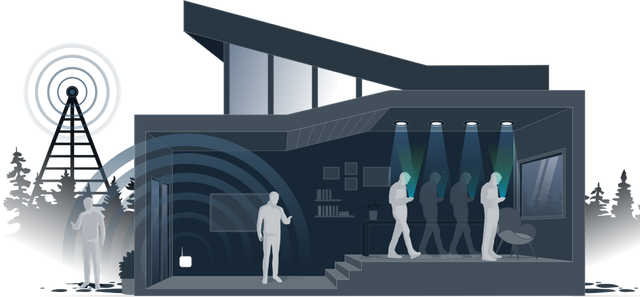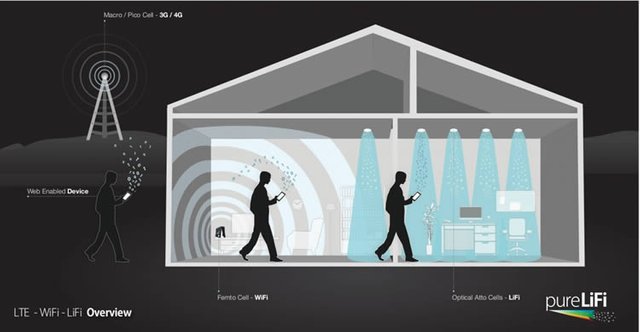LiFi Technology- The New Way of Data Transmission and Connectivity

LiFi is high speed bi-directional networked and mobile communication of data using light. LiFi comprises of multiple light bulbs that form a wireless network, offering a substantially similar user experience to Wi-Fi except using the light spectrum.
LiFi is a category of Optical Wireless Communications (OWC). OWC includes infra-red and ultra-violet communications as well as visible light. However, LiFi is unique in that the same light energy used for illumination may also be used for communication.
The term LiFi was coined by pureLiFi’s CSO, Professor Harald Haas, at a TedGlobal Talk back in 2011 where he demonstrated LiFi for the first time.
When will we start seeing it in use?
Li-Fi is a new technology, but it’s likely to start being heavily used commercially in the next few years and is predicted to be worth over $6 billion by 2018.
Currently, pureLiFi has two Li-Fi devices available, but they’re still niche products for now. However, the French lighting company Lucibel is aiming to have Li-Fi enabled products on the shelves as soon as this year and there are rumours that Apple could build Li-Fi capabilities into future iPhones, which could really help the technology take off.
Due to its limitations (primarily the fact that it can’t pass through walls), Li-Fi is never likely to replace Wi-Fi, 4G or 5G, but it could become a key complementary technology, handling data in areas where its limitations aren’t a problem and lessening the load on radio frequency spectrum in the process.

What are the downsides?
The main downside to Li-Fi is that it can’t travel through walls, so it’s inevitably going to be a very short range technology. However, while it can’t travel through walls it can bounce off them and therefore go around corners.